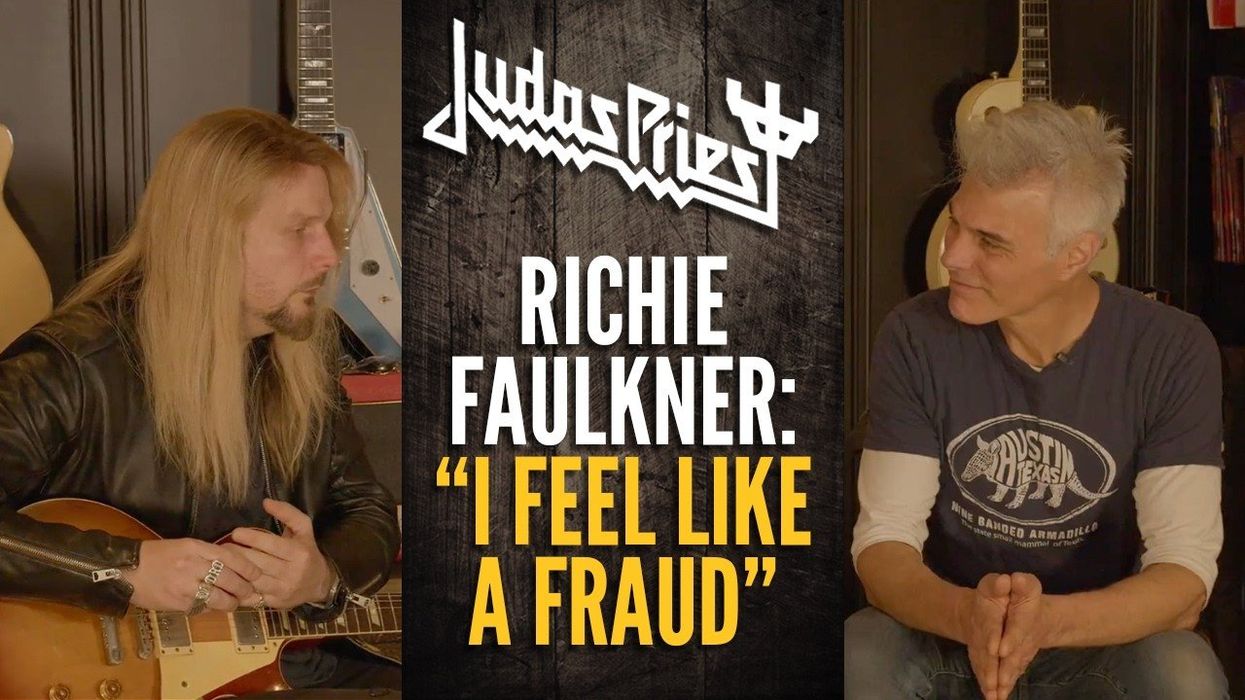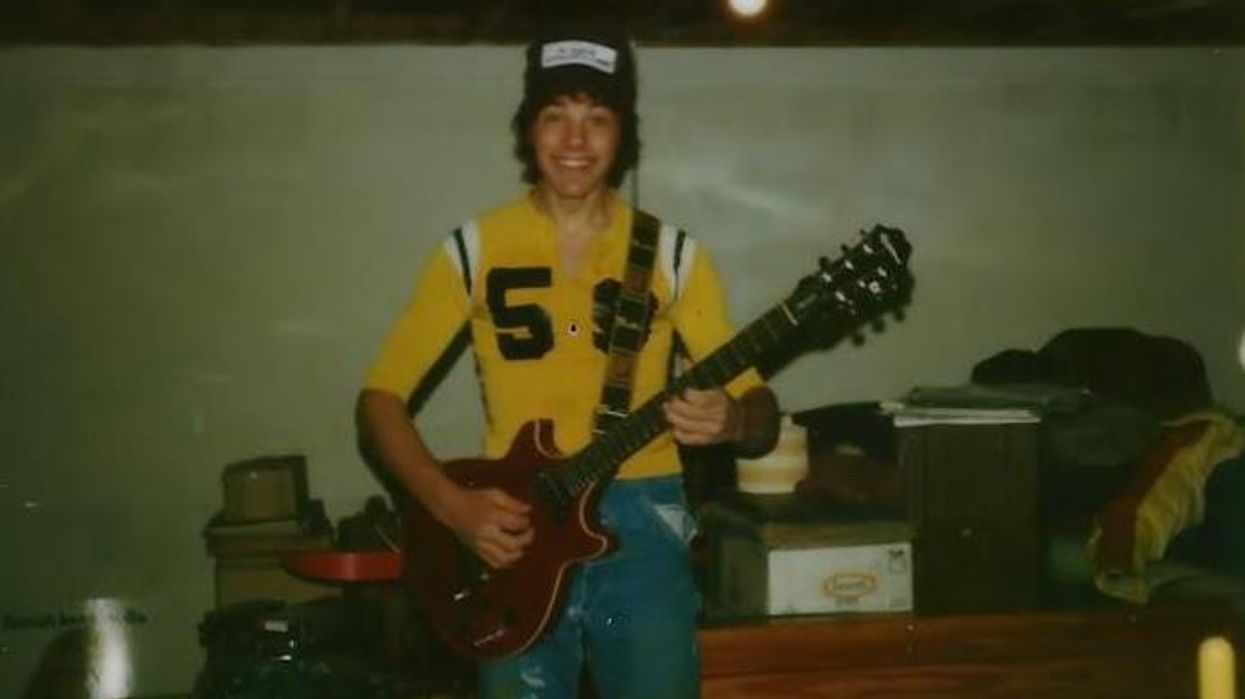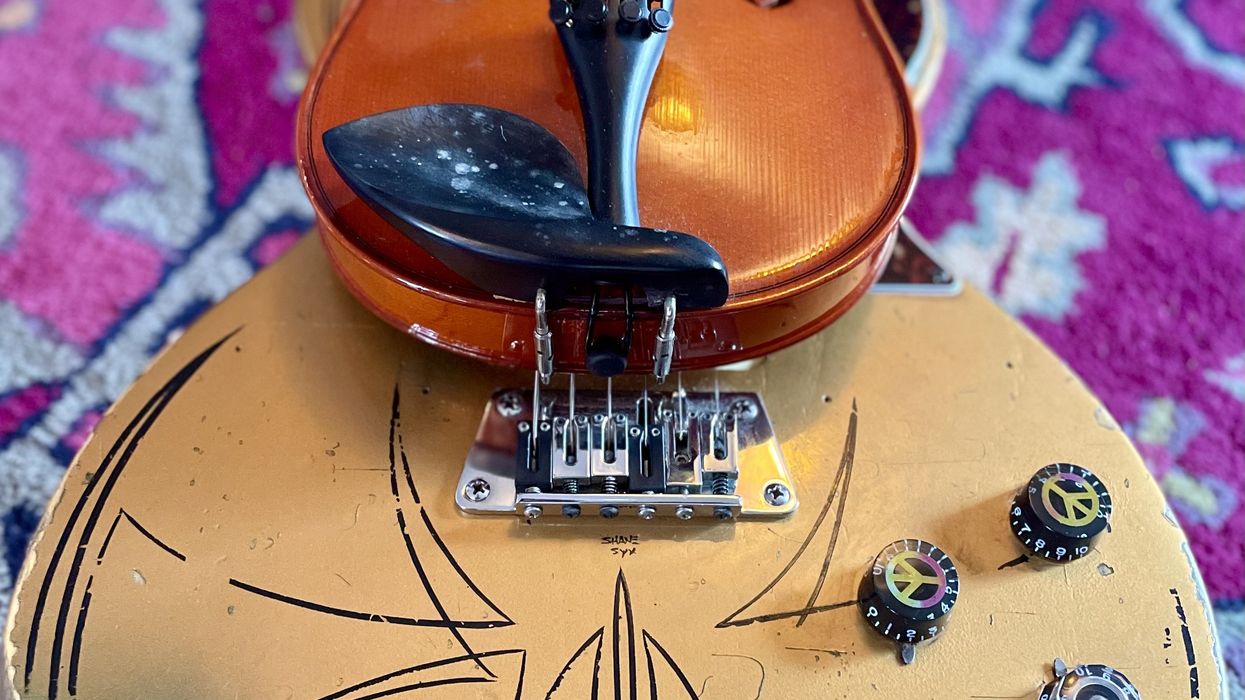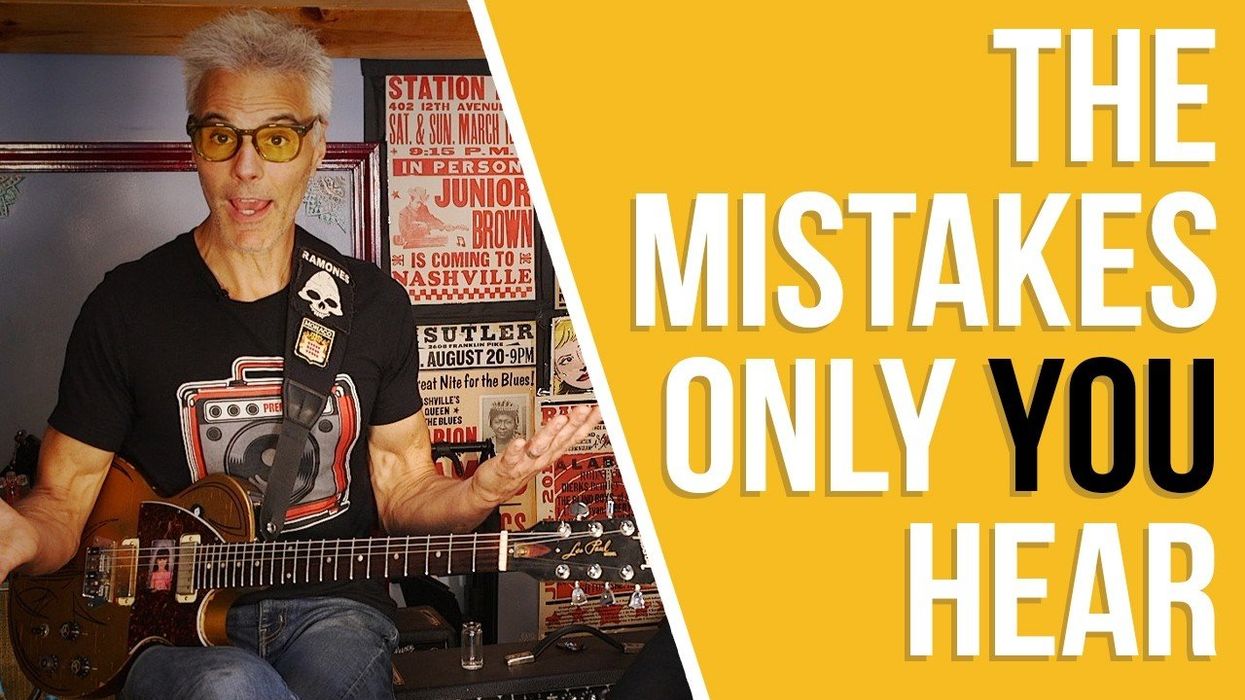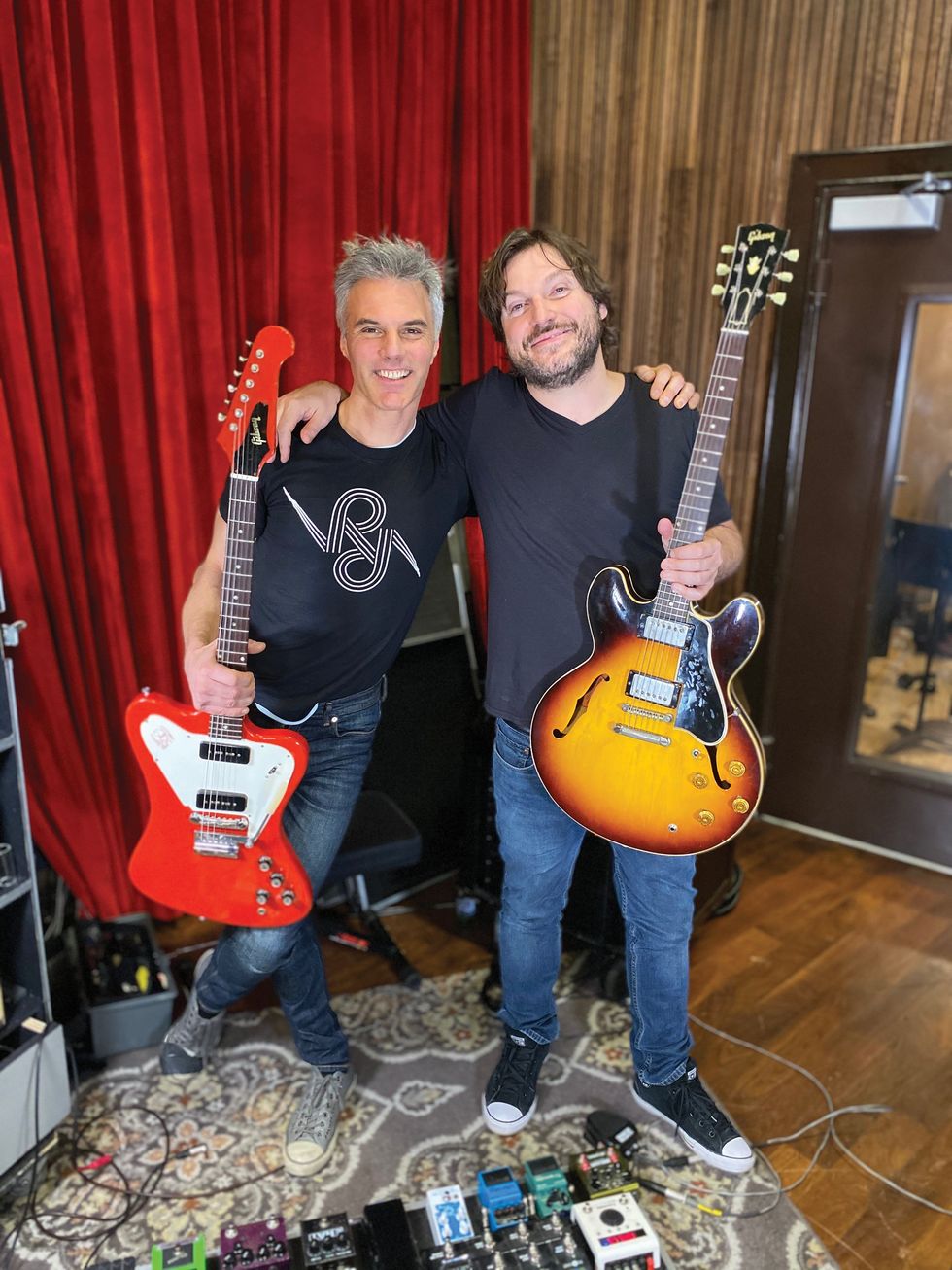This month, I’d like to look at a bass line from a relatively little-known album entitled Flesh and Bone by Richard Marx, an artist who had his greatest chart success in the late ’80s, but still continues to write and perform in the highest echelon of the industry today. In my opinion, the album contains some of the best work ever recorded by Randy Jackson, one of my all-time favorite bassists. The song from the record we’ll be dissecting is called “The Image.”
One of the most noteworthy things about Jackson’s playing is his nail attack, where he holds his index finger and thumb together as if he was gripping a pick, but without actually putting a pick between his two fingers. The result is Jackson striking the strings with downstrokes using his index fingernail. I personally use a pick when playing this song, because that’s the feel and attack dictated by what Jackson calls his “pick” technique. In fact, the best takeaway from this song for me was how to develop a funk pick-style feel. This light-on-its-feet pick feel provides the opposite energy to heavy rock pick playing, but still maintains the rhythmical precision that using a pick provides. Another standout takeaway from this song is Jackson’s heavy use of ghost notes.
Intro. The song’s main line starts halfway into the intro at 0:30, and it’s played pretty much ghost-note free. Jackson separates the intro line from the upcoming verse by playing the intro line one octave up. The notes in the main line are nothing more than a descending E minor pentatonic scale played with gusto, power, and a traditional Larry Graham-style approach using eighth-notes with short downbeats and long upbeats. The line descends from E on the 2nd string, 14th fret, for a little more than an octave. It lands on D (3rd string, 5th fret) before a quick walk that includes the open A, then up to B and C (3rd string, 2nd and 3rd frets, respectively) to start a C triad. This is quickly followed by a pickup note on the open A to lead us into a B7 arpeggio. Everything here outlines a very classic and simple chord progression encountered in many R&B songs.
Verse 1. This is where the real magic happens. The simple, descending E minor pentatonic line is dropped an octave to start on the 7th fret of the 3rd string. While the intro line feels more like a groove-centered bass solo, the verse efficiently gets out of the way of Marx’s high voice by using the same notes, but, as mentioned, in a different octave. Very effective! After playing the line throughout the scale identically to the intro, Jackson starts peppering in ghost notes. Starting on G# (4th string, 4th fret), there are ghost notes leading into the root note of the next chord, which is A (4th string, 5th fret). The muted, funkier feel of this note indicates that it’s not an open string. Tip: In general, it’s harder to get a good ghost-note feel using open strings.
The line starting on the A is the fun part of the verse, because it’s two measures of groove gold. It begins with a major triad played root, 3, 5, and back to the root. This is followed by a chromatic walk that leads to the starting point of the next line, which consists of the root (still A), 3, 4, #4, and a hammer-on into the root. Every single note in these two measures has pick-style ghost notes added to it. As an exercise, try adding a ghost note to every note when repeating the line for the second part of the verse.
Another thing I love is how you can hear that Jackson’s bass has fairly light-gauge strings and he’s playing with quite a lot of physical intensity as he presses the strings into the fretboard. No distortion necessary to establish attitude here.
One other great example of everything I’ve touched on can be heard on Jackson’s pièce de résistance (in my opinion)—Mariah Carey’s “Make It Happen” from MTV Unplugged. Attempting to play this song is the natural next step in mastering the feel of “The Image.” There are other players who incorporate the same approach, but none possess the physicality and swagger Randy Jackson projects in this song. Bringing a rock ’n’ roll pick attack with a bouncy Larry Graham feel is a combination of two of my favorite things about bass playing. From time to time, you can hear me throwing in Jackson’s feel from this song in very unexpected places on a Top-40 gig. Keep this funky feel and high energy in your toolbox, and it will give infectiousness right back to you.












![Rig Rundown: Russian Circles’ Mike Sullivan [2025]](https://www.premierguitar.com/media-library/youtube.jpg?id=62303631&width=1245&height=700&quality=70&coordinates=0%2C0%2C0%2C0)


